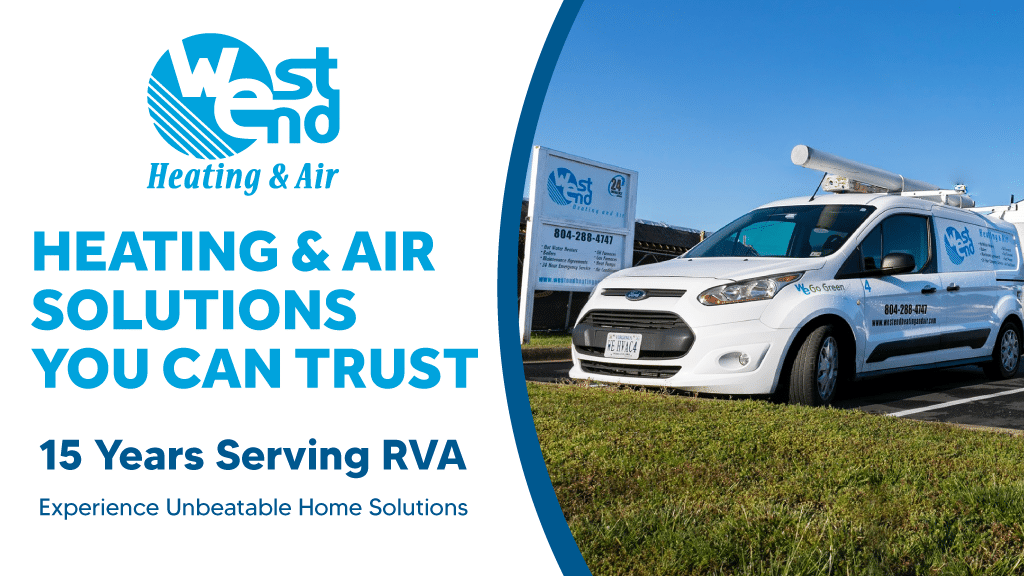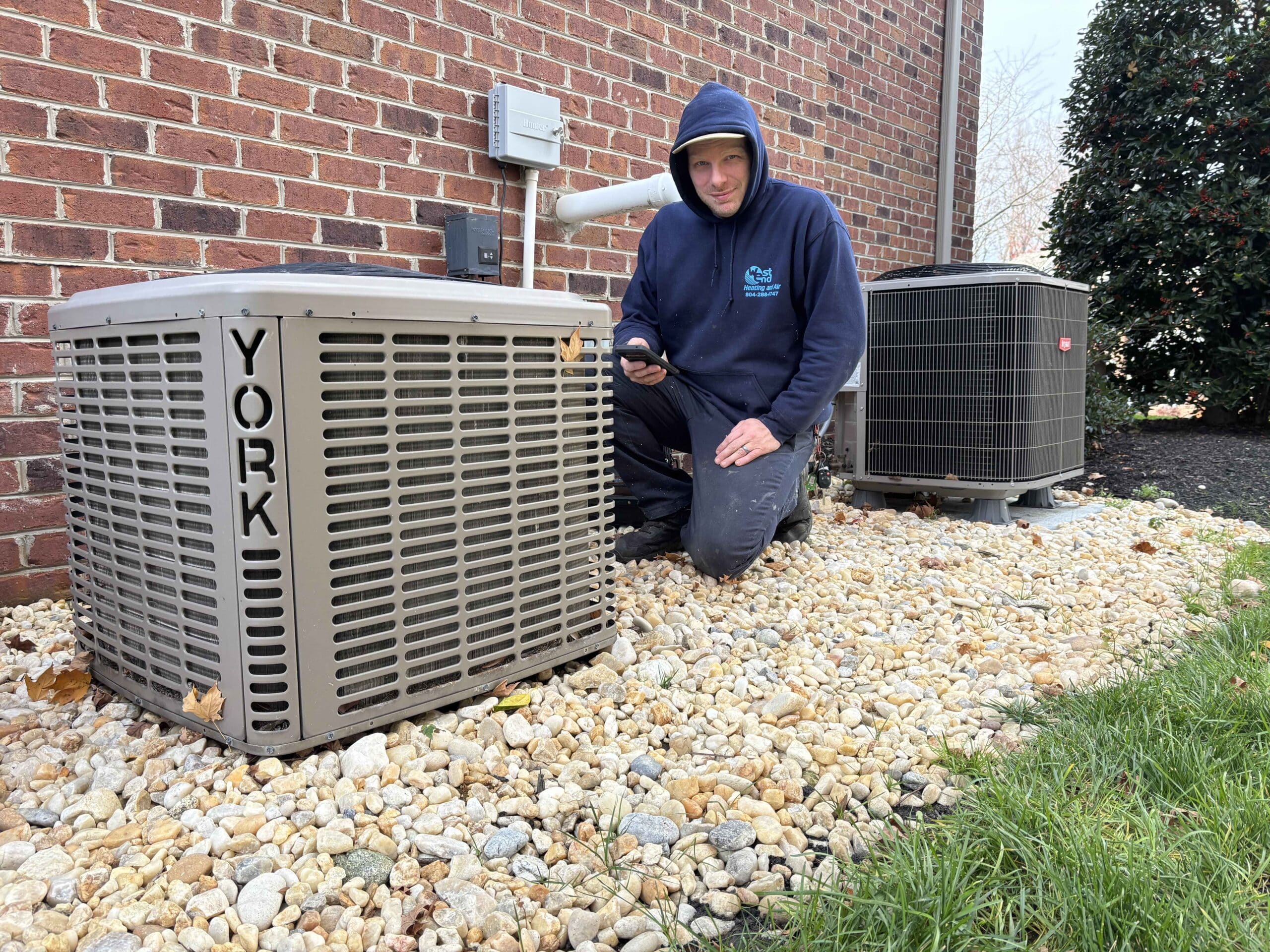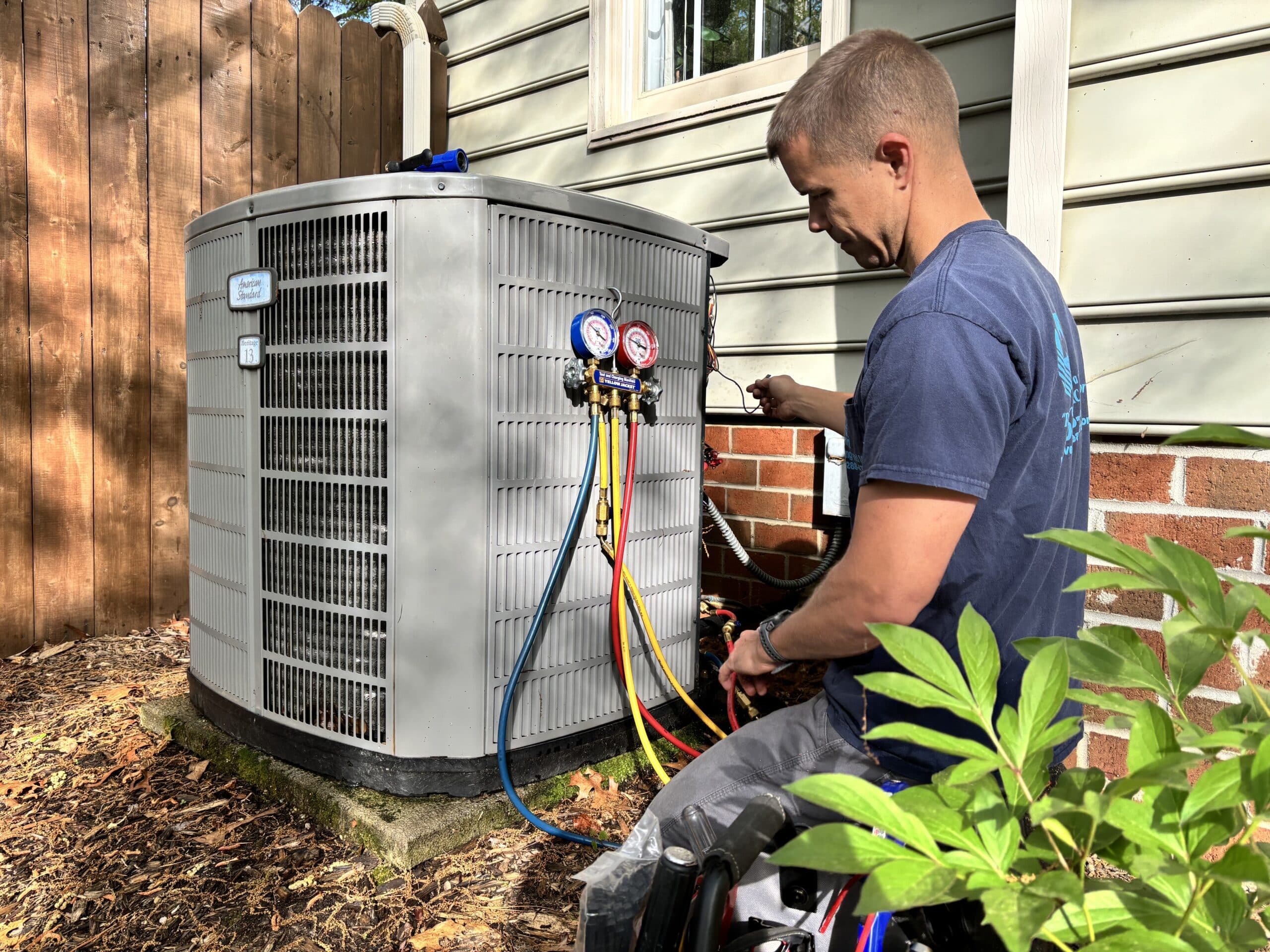If you're a homeowner in Glen Allen, Richmond, Short Pump, or anywhere across Central Virginia,…

Important Industry Changes Affecting Your HVAC System – What You Need to Know
If you’re a homeowner or planning to become one, this is an important update you don’t want to miss. This is going to impact nationwide customers, not just our service areas in and around central Virginia.
The HVAC industry is undergoing a significant change as a new refrigerant is being introduced into air conditioning systems. HVAC.com explains why this transition is unlike prior adjustments, this shift is happening much faster, creating challenges for both contractors and homeowners.
Why This Change Is Different
The last major refrigerant transition—from R22 to R410a—began in 2003, but widespread production of R410a systems didn’t take off until 2007, allowing time for industry adaptation.
Now, the shift to R32 and R454b is happening much faster than expected, leaving only a month or two for crossover learning and adjustments. Manufacturers have until the end of 2025 to sell off R410a inventory, but most anticipated the transition would begin in Q2 of 2025—before summer and peak demand. Instead, it started just weeks into Q1. A particularly cold winter across the Mid Atlantic region over the past few months has further increased demand for HVAC systems, depleting R410a inventory faster than anticipated. Now, we’re awaiting new R454b units and installing them as soon as they arrive at local HVAC warehouses. To complicate matters, refrigerant line sizing has changed, and the preferred new line set bundles are unavailable. Adding to the challenge, refrigerant cylinder manufacturers are facing backorders, making it difficult for HVAC companies to source the new refrigerant blends.
How This Affects You
Historically, when replacing HVAC equipment, it has been best practice to replace both the indoor and outdoor components at the same time to ensure compatibility and maintain full manufacturer warranties. In some cases, if a full replacement wasn’t financially feasible, homeowners had the option to replace just one part—such as the outdoor unit (condenser)—and temporarily mix-match with the existing system. With this new refrigerant, that will no longer be possible. Partial system replacements will not work due to the chemical and mechanical differences in the new refrigerants.
What This Means for Future Repairs and Replacements
● If a major component of your system fails, you will likely need to replace the entire system—not just one part.
● If your system is nearing the end of its lifespan, planning ahead is crucial to avoid being caught off guard by these changes.
What to Expect in 2025
● Manufacturers have already started rolling out new systems using R32 and R454b. We have already begun installing R454b systems in the first February 2025.
● Prices are expected to increase due to rising costs of imported steel and metal supplies, with potential tariffs ranging from 20%-30%.
What You Can Do Now
If you’re considering an HVAC replacement in the near future, now is the time to plan. Waiting could mean higher costs, longer wait times for equipment, and fewer options
when your system ultimately needs replacing. Do you need help with financing? We offer some competitive rates through EnerBankUSA. We understand that no homeowner or contractor asked for these changes, and our goal is to help you navigate them as smoothly as possible. If you have questions or need guidance on your HVAC system’s future, we’re here to help.
Contact us today to discuss your options and ensure you’re preparing for this industry-wide shift.



